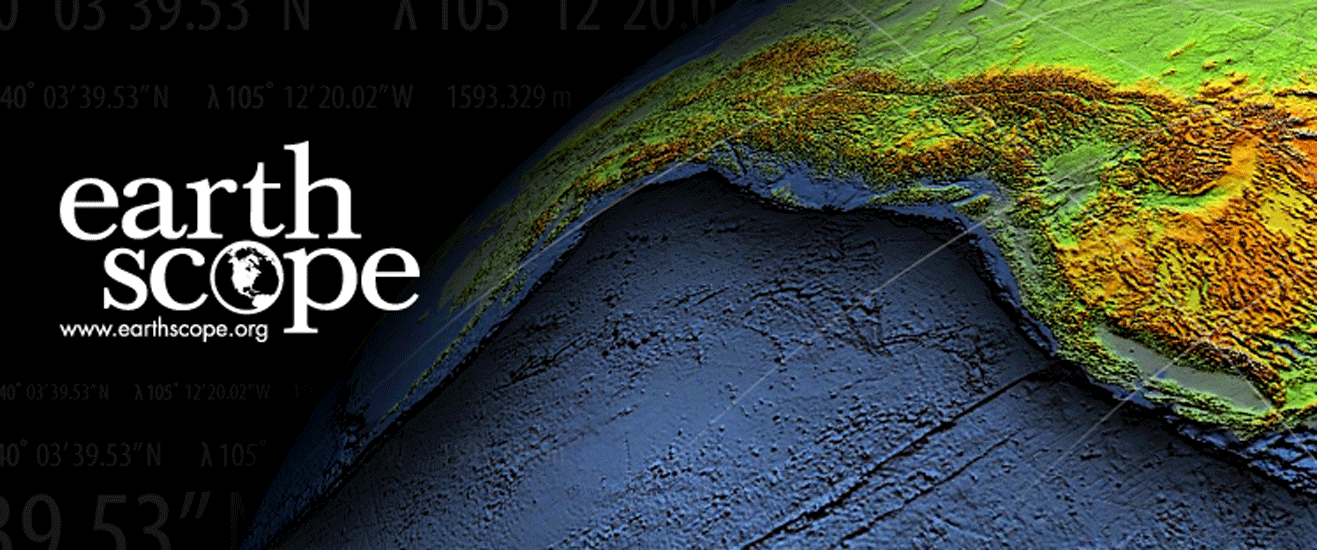By Beth Bartel - Spring 2014
The primary mission of the EarthScope Plate Boundary Observatory is to measure regional tectonic motion and transient deformation as accurately as possible. To do so, the network’s GPS antennas must be installed on stable monuments that are firmly coupled with the substrate—not just to the surface, where the monument can be influenced by local surface processes like freeze-thaw cycles and soil moisture. But how stable can we get? And what is the tradeoff between stability and cost? Recently, UNAVCO installed additional GPS monuments at five PBO sites throughout the U.S. to test the stability of both common and new monument types.
The deep-drilled braced monument, a monument consisting of legs drilled to ~11 m or ~35 feet below the surface, has been touted by researchers as the most stable monument type. Yet the deep-drilled braced monument is also prohibitively expensive, costing around $20K and requiring at least 1-2 days, 4 people, and a drill rig to complete. Is the cost worth it? PBO engineers installed two additional monument types at sites in Washington, California, and Georgia, creating 10-meter monument triangles at each site. Sites were chosen to represent a variety of geographic, hydrologic, and geologic conditions. The monuments types installed depend on the substrate. At sites with bedrock, UNAVCO also installed a short-drilled braced monument, consisting of stainless steel legs drilled to a depth of ~5 feet, and a pillar. These sites include P453 in Wilbur, Washington and P804 at the Rock Ranch, Georgia. At sites with no bedrock available—the most worrisome when it comes to stability—UNAVCO installed a short-drilled braced monument, which consists of stainless steel legs driven to refusal, and a concrete pillar. Sites with these monument types include P401 in Forks, Washington; P591 in California City, California; and P565 in Delano, California.
Concrete pillars, installed at each site, can be made with materials available locally in most places in the world, can cost as little as $100, and can be installed by hand without the use of heavy machinery. The geodetic community believes them to be generally less stable than the other monument types described here, but until now, the relative stability between these monument types had not been quantified.
The last of the multi-monument test sites was completed in August of 2013. At least two years of data from each study site will be needed to properly isolate relative monument movement from other noise sources. However, initial results indicate that in the unconsolidated sandy soil of the Mohave Desert, at site P591, a shallow driven-braced monument, installed by hand at a cost of a few hundred dollars, is as stable as a deep drilled-braced monument costing $20K (0.17 mm RMS for the horizontal position components). By contrast, the concrete pillar is showing signs of instability, with clearly discernible motions of up to 2 mm between it and the deep drilled-braced monument. When measuring plate motion, millimeters matter.
These initial results were presented at the 2013 AGU Fall Meeting and ongoing analyses using these and GPS reflectometry measurements were also presented at the 2014 UNAVCO Science Workshop. The study will inform future GPS/GNSS monument installations by identifying the most cost-effective monument style that is appropriate for its particular geological setting.





